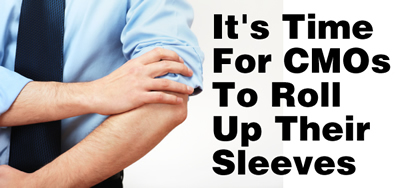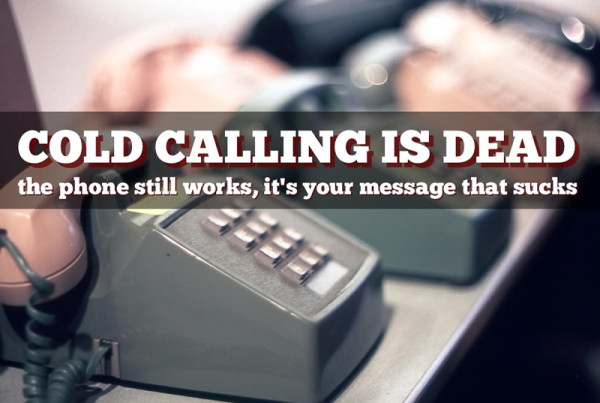Yep, it’s certainly time for CMOs to rise up and get things going.
Yesterday, I was reading an article on Forbes yesterday where they interviewed Gabe Lozano, the founder of LockerDome and he said something that jumped out at me.
Lozano concluded, and I completely agree, that the combination of a real-time strategy around live events and a daily, long-term strategy is critical in maximizing a brands social media ROI.
Exactly! That’s why I’m telling all of my clients to move from the mundane community management ideology and immerse themselves in the activities that people actually care about. THAT conversation is where the magic of social resides.
Past simply the size of one’s audience, this combined strategy fosters a social media audience that can have consistent bursts of excessive activity and growth, but that can also be activated daily to add value back to one’s brand.
He added that it’s the CMO who should be “leading the charge in perfecting this holistic approach”.
That’s a great point. Think about it. How many CMOs know the difference between the social graph and the interest graph? How many of them even know either even exist? That’s where CMOs need to seriously roll up their sleeves, put on the big boy pants and delve into the changing psychology of today’s consumers.
Why? Because without knowing the difference between the social graph and the interest graph it will be extremely hard to target the right segment for ongoing growth.
Those of us who toil in the trade of social media fully understand that networks like Facebook were designed around the development of the “social graph.” Meaning they were designed to enhance and amplify the ability for users to connect with friends and family.
However, the culture of social is now rapidly moving away from the desire to just connect with friends but instead we are seeing users become more and more attracted to the “interest graph.”
The “interest graph” is where consumers are more interested in congregating online with not necessarily “friends,” but those who have shared interests. They want to be around other people who think and feel like they do. They trust and want input from people who feel like they do. There’s comfort and safety in debating, discussing and interacting with people with like interests. And they buy what their interest graph recommends.
There’s the payoff. We now can see into the eyes of a consumer. We can hear them. We can reach out and see what they want. We can also see what they don’t want. All we have to do as marketers is listen instead of thinking we have the answers. I abhor meetings where I see 5 or 6 people sitting around talking about what they think their consumer wants instead of coming armed to a meeting actually knowing what their consumer wants. #Fail
There is no reason why any brand marketer or agency can’t find out quickly and inexpensively what their target consumer wants. You just need to know where to look, and how to listen. They’ll tell you. Don’t be afraid to act upon what you learn. If I was a CMO or a brand manager, I’d be more afraid of not listening.
I guess Simon Sinek is right. People don’t care what you do, they care why you do it. The goal isn’t to do business with everyone, the goal is to do business with those who believe what you do.
How many CMOs even grasp the interest graph? I guess the answer to that is to ask a few of them. If they’re reachable on Twitter. …don’t get me started, that’s another article or video coming soon.



